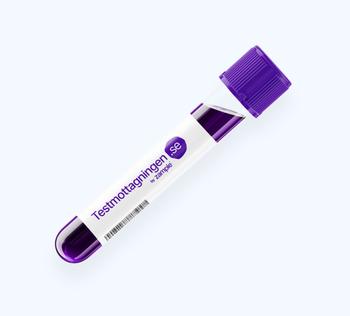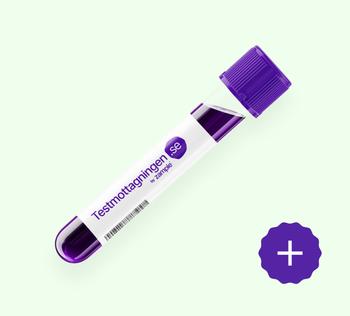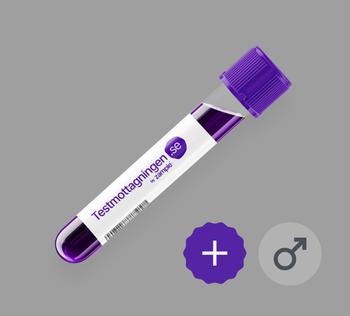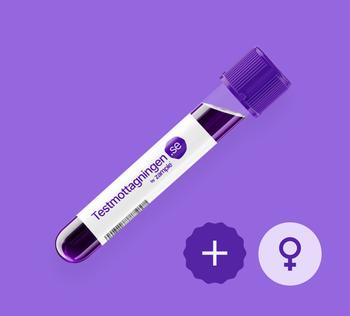What is LDL/HDL ratio?
The LDL-Cholesterol/HDL-Cholesterol ratio is a parameter used to measure the ratio between LDL cholesterol and HDL cholesterol in the blood.
LDL (low-density lipoprotein) is often called "bad" cholesterol, because it can build up fatty deposits in the arteries and increase the risk of cardiovascular diseases. HDL (high-density lipoprotein), on the other hand, is known as "good" cholesterol, as it helps remove excess cholesterol from the arteries.
Why measure the LDL/HDL ratio?
The LDL/HDL ratio is an important measurement value used to assess the risk of cardiovascular diseases. By measuring the ratio between LDL cholesterol and HDL cholesterol, one can get an idea of a person's risk of cardiovascular disease.
What can a high or a low value indicate?
A high LDL/HDL ratio is an indicator of an increased risk of cardiovascular disease, while a low ratio is usually considered beneficial for cardiovascular health. A healthy ratio should be <5.
It is also worth noting that a high ratio is not always an indication of ill health. Other factors, such as high blood pressure, high blood sugar and smoking, can also increase the risk of cardiovascular disease. However, by measuring the LDL/HDL ratio along with other cardiovascular risk factors, doctors and healthcare professionals can better assess a person's overall risk for cardiovascular disease.



























